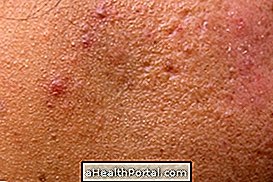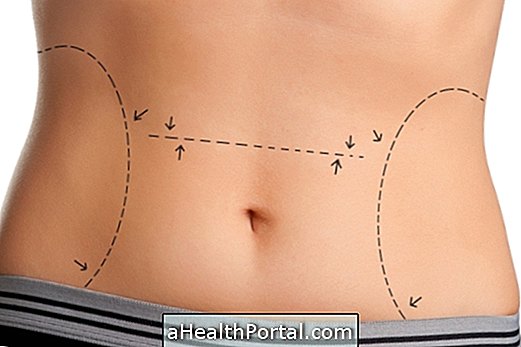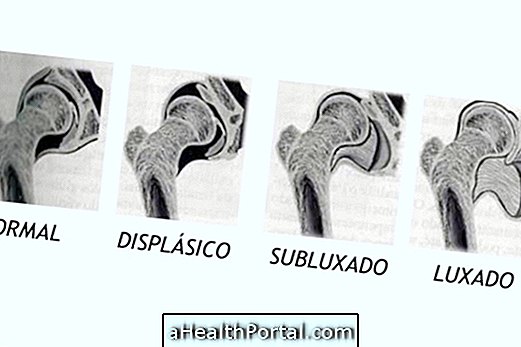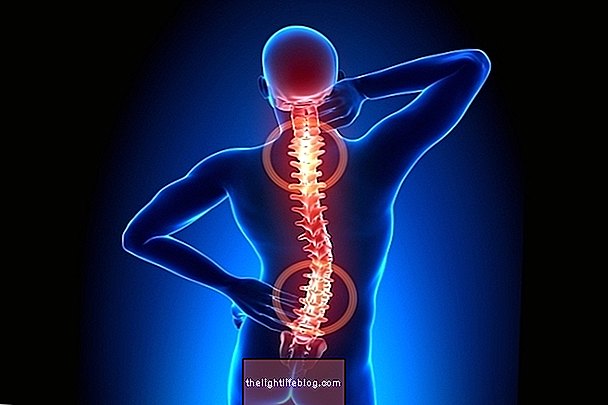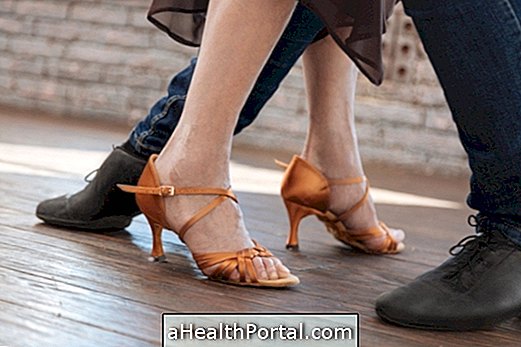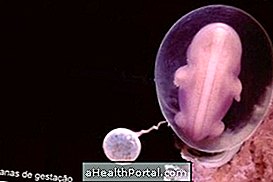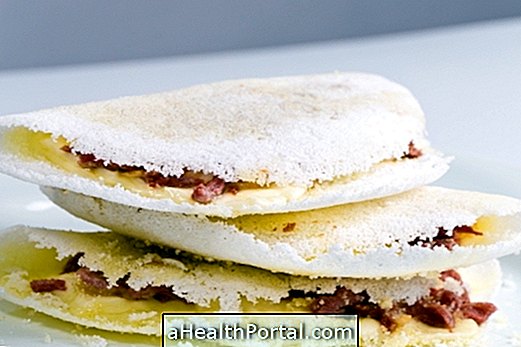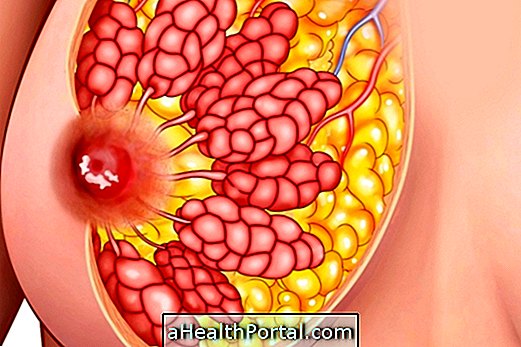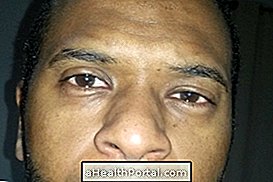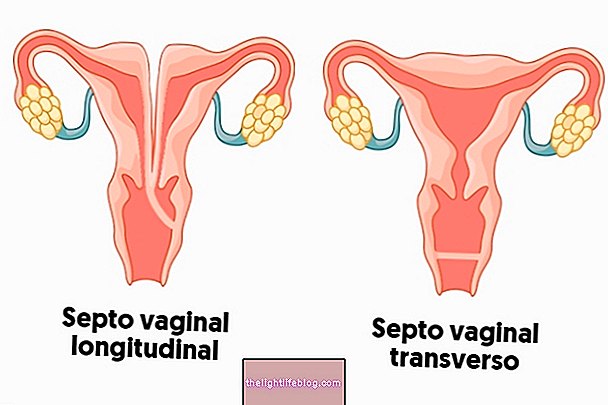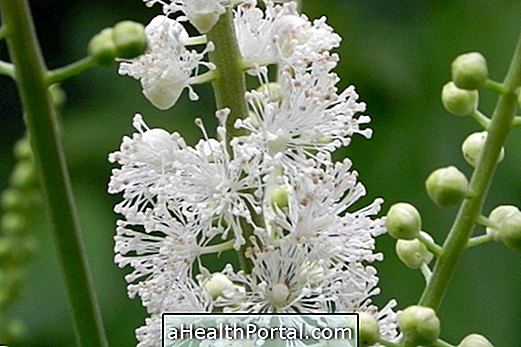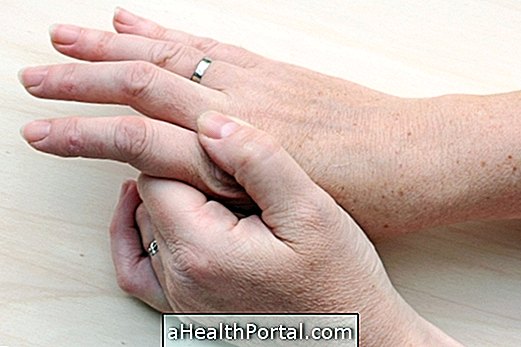It is important to know what your hair type is to use the most appropriate products and take care of the wires properly, keeping them shiny, moving and soft.
Hair can be smooth, curly, curly or curly, and for each type of hair there are variations in the thickness, volume and shine of hair strands. So, look at this classification and check out what kind of hair to take good care of it and use the right products.
1. Smooth hair characteristics
Straight hair is usually very silky, as the natural oils of the strands can reach the ends of the strands, however, the constant use of flat or babyliss can make the hair dry.
How to Care: To avoid dryness, straight hair needs moisturizing every two weeks and with each wash should be used thermal protective creams before using the dryer or the flat iron.
Below are examples of the types of straight hair.
- Smooth smooth: very smooth hair, without volume and drained, that do not model and neither hold anything, nor a clamp. In addition, this type of hair often has tendency to oiliness. Here's how to handle this problem by clicking here.
- Smooth medium: straight hair but with a little volume, it is possible to model the tips and put staples.
- Thick Thick: Thin, but thick, volume hairs. Can arm with ease and are difficult to model.

See more tips on smooth and thin hair care.
2. Characteristics of Curly Hair
The wavy hair forms S-shaped waves, which can be smooth when brushed or curled when it is kneaded, forming loose curls.
How to care: To define the waves, you should use combing creams or curler activators, and prefer layered cuts, as they give more movement to the waves. This type of hair needs deep moisturizing every two weeks, with specific masks or creams to hydrate, and the dryer and plank should be set aside to make the waves brighter and more defined.
Below are examples of the types of wavy hair.
- 2A - Thin wavy: very smooth S-shaped wavy hair, easy to model, almost smooth. Usually does not have much volume.
- 2B - Medium wavy: wavy hair strands, forming a perfect S. They tend to have frizz and are not very easy to model.
- 2C - Wavy coarse: wavy and bulky hair, beginning to form loose curls. Also, they do not stick to the root and are difficult to model.

Learn how to keep your hair always beautiful in: 5 steps to perfect hair.
3. Characteristics of curly hair
Curly hair forms well-defined curls that look like springs, but tends to be dry, so it is not advisable to use tinctures in this type of hair, so it does not dry out even more.
How to take care: Ideally, curly hair should be washed only twice a week with anti-frizz shampoos or for normal hair, and at each wash the hair should be moisturized with treatment cream or moisturizing mask.
After washing, you should apply leave in, which is the combing cream without rinsing, and let the hair dry naturally, as the use of a dryer and plank dries out the curls.
To shape the hair and to define the curls, the leave in can be used daily, being necessary only to remove the cream of the previous day with water. Another product that can be used is the repair of points, which gives brightness and softness, and should be applied with the threads already dry.
Below are examples of the types of curly hair.
- 3A - Loose bunches : natural, broad and regular bunches, well formed and round, usually thin.
- 3B - Closed bunches : narrow and well-formed bunches, but more closed than the looser and thicker bunches, tending to be armed.
-
3C - Clusters very closed: very closed and narrow curls, remaining glued to each other, but with a defined pattern.

To keep wires moist and curly, see 3 steps to moisturize curly hair at home.
4. Characteristics of curly hair
Curly or Afro hair is different from curly hair because it stays curled even when wet. In addition, curly hair is fragile and dry, as the oil can not travel through the hair strands, so moisturizing should be done weekly.
How to care: It is important that the hydration is done with hot water and thermal caps, but the finishing of the hair wash must be done with cold water, as this prevents frizz.
In addition, you should use the combing cream and let the curls dry naturally, only removing excess water by kneading the hair with paper towel. But when using the dryer is a good tip is to pass a little gel on the tips of the hair, over the combing cream, and use the diffuser to define the curls.
Below are examples of the types of curly hair.
- 4A - Soft curly : small, defined and very closed curls that look like springs.
- 4B - Dry curly : very tight, zigzag curls, less defined than soft curly.
- 4C - Shapeless curly : very tight, zigzag curls, but without any definition.
Learn how to moisturize curly hair.

If your hair is dry and needs trimming, some tips can help make hair grow faster and regain volume and smoothness.
